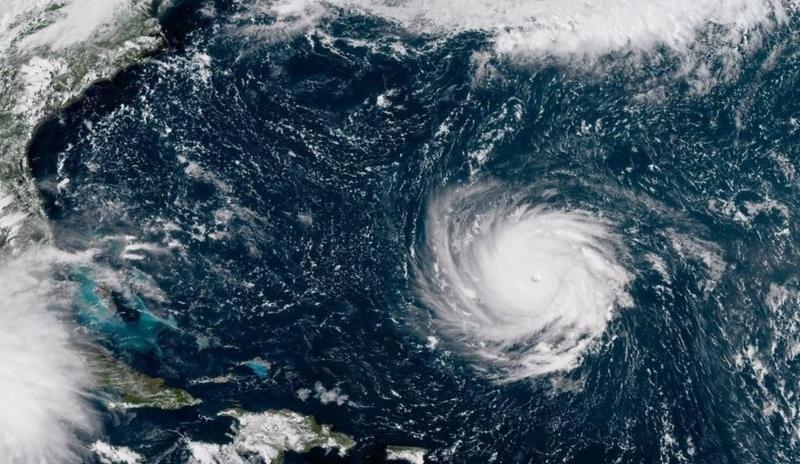Written by Emily Leclerc
At the beginning of last week, the Roanoke Valley area was bracing for a direct hit from Hurricane Florence. Its projected path had the storm hitting the coast of North Carolina and then swinging upward, which would have brought the full force of the storm crushing down on the valley. Grocery stores were being emptied of water and nonperishable food items as the residents prepared. The student body of Roanoke College was tensely awaiting word on whether or not the school would advise them to evacuate. Most schools in the surrounding area had already canceled school for the remainder of the week.
Early Wednesday morning, Sept. 12, it swept through the news that Florence’s path had shifted. Now, instead of swinging north once it struck land, Florence would stall over the Carolinas and then veer south. The Roanoke Valley area was out of the storm’s direct path but was still predicted to receive several inches of rain. Flood warnings were in place for the valley from Saturday, Sept. 15 through Monday, Sept. 17. Due to the potential for dangerous flooding, Roanoke College decided to cancel all Monday classes and activities.
The Roanoke valley did experience some flooding as Tropical Depression Florence made its way north. WDBJ7, a local news station, reported that the overall impact of flooding was minimal and caused little damage. The Roanoke River did flood, spilling water onto roads, but it was only an inch or two in the worst places. Roanoke College itself had no issues with flooding and was reopened Tuesday for regular activities.
The Roanoke Valley area fared extremely well in the storm considering the damage Florence did to the coastline of the Carolinas. The storm surge was 10 to 12 feet, and the rainfall was measured in feet (not inches). CBS News reported that much of the coastline experienced catastrophic flooding, with the Cape Fear river expected to crest at 62 feet in the coming days. Thousands of people have had to abandon their homes as they are now underwater. There are still thousands of Coast Guard officials deployed in the most affected areas assisting with rescue operations and providing any aid necessary. The coastline of the Carolinas has a long road ahead of them, but plans have already been put in place to help disperse the flood waters and begin to rebuild.




